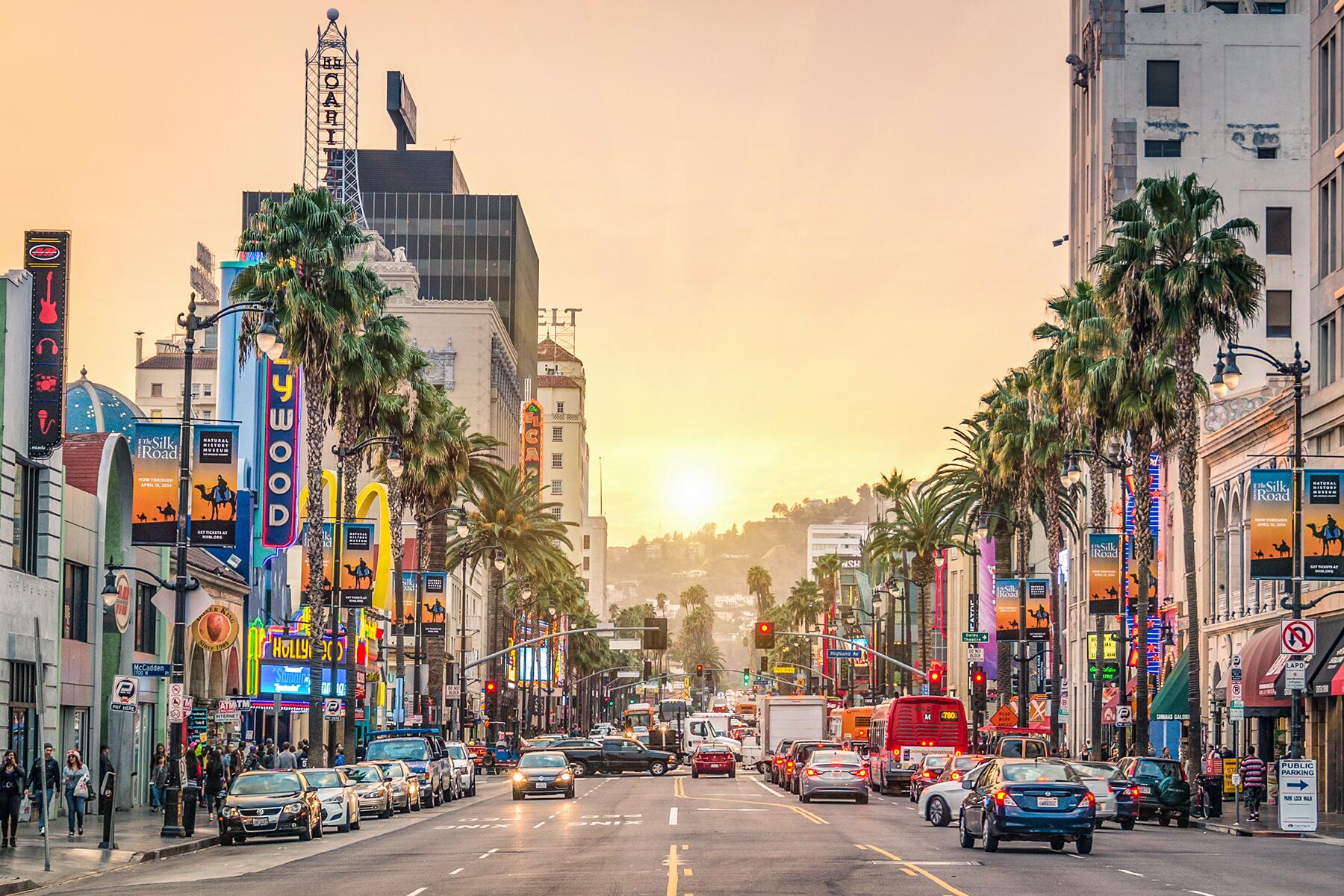What’s going to happen to all of California’s palm trees?
When you think of California, the first things that might come to mind are world-class beaches, boardwalks, and Hollywood Boulevard–but palm trees are part of what brings to life the sights we expect from the Golden State. As one of its most iconic symbols, it might be surprising to learn that these plants that have come to define California are not native–and they are, in fact, dying.
Palm trees are rather hearty trees, most with a lifespan of 100 years or potentially more. They are resistant to many diseases that decimate other types of trees, and because of their unique structure, they tend to hold up well in storms. Until recently, they adapted very well to the Southern California climate after being introduced to the area by Spanish missionaries looking to use their fronds for church services.

This is part of the reason why they thrived until they became a popular decorative plant in southern California in the late 19th and early 20th centuries. It was a way to get newcomers to think of the state as a tropical destination and to hopefully persuade them to purchase real estate there.
Palm trees became synonymous with the automobile-friendly city of Los Angeles, and different species of palms were important from various locations around the world. In fact, only one species of palm tree, the California fan palm, is native to the region.
Recommended Fodor’s Video
Requiring very little water and maintenance to grow in comparison to other trees, palms were featured in films and greeted the guests of movie stars as they entered driveways. They became a symbol of the glamor and glitz that came with living in Southern California, and for many, it might be hard to imagine a city like L.A. or San Diego without them.
However, there are several threats to California’s favorite trees, and most of them are so small that it would require a keen eye to notice them.
Shayne Hall is a certified arborist who has worked on palms for a number of years in his home state of Arizona and later in California. He has been involved in projects at the San Diego Zoo, and he is well-acquainted with some of the challenges the many species of palm trees in the region have had to face over the past few years.
“For the most part, palm trees are doing just fine. The thing that you probably are hearing about is a pest problem that we have called the South American palm weevil.”
Coming from Mexico, the South American palm weevil is the main culprit in the death of most of the palm trees in the area, especially the most famous of species in California, the Canary Island date palm. The weevil buries its eggs into the base of the palm’s leaves, where its larvae eventually hatch and eat at the core.

Palms that are sick tend to have dropping fronds, and while it might not be a threat to the passerby underneath the tree that they would fall, it certainly does not give the glamorous look that we have come to expect from the cityscape of Los Angeles.
Shayne Hall mentions what you should look for in a sick palm tree: “You’re looking up at a palm tree, and those fronds look more or less distressed, frazzled, and shortened. They usually have a real graceful arch to the fronds–they’re typically pretty flowy in the wind. You’re going to see browning, and you’re going to see reduced length in a palm dealing with weevils.”
Unfortunately, weevils aren’t the only threat palms are fighting. Fusarium fungus, the polyphagous shot hole borer (a beetle that arrived from East Asia), and simply age are all reasons why many of the urban areas in California are looking to replace their palms with more sustainable options.
While Los Angeles has looked to maintain some palms in certain zones of the city due to their status symbol, replacing a mature Canary Island palm can cost upwards of $20,000. Not only are they expensive, but they are also not a sustainable option–they do little to offset carbon emissions in one of the most polluted cities in the United States, and they require more water to keep healthy than native alternatives.

Many cities in Southern California have been choosing to reintroduce native species like the California fan palm rather than replace the old or dying Canary Island palm or Date palm, simply because it costs more money and uses more resources to do so. However, this is likely going to give these areas a much different look than we might have come to expect.
“A lot of bigger cities are now realizing the importance of maintaining an urban forest and the benefits that it brings, whether it be reducing carbon, whether it be providing shade, temperature reduction, or just simply beautifying the areas,” Hall says.
He states that replacing the palms with the native California fan palm or the Mexican fan palm might be an option, but there is no doubt there are likely to be some changes in the way urban forestry in California cities will be handled in the future.
However, urban planners choose to go about caring for the remaining palms and replacing the ones that are gone, and the California landscape will no doubt look very different than it has in the Hollywood films of the past.








The California Fan palm doesn't occur naturally in Los Angeles either. They were endemic to the Imperial Valley, only a slightly closer import than the Mexican (Baja) fan palm. Whether it's pests or disease, they're lifespan seems more limited in the LA area than the deserts to the east and southeast. You almost never see a Mexican fan palm succumb to pests or disease, frequently see it with California fan palm. Especially closer to the ocean.